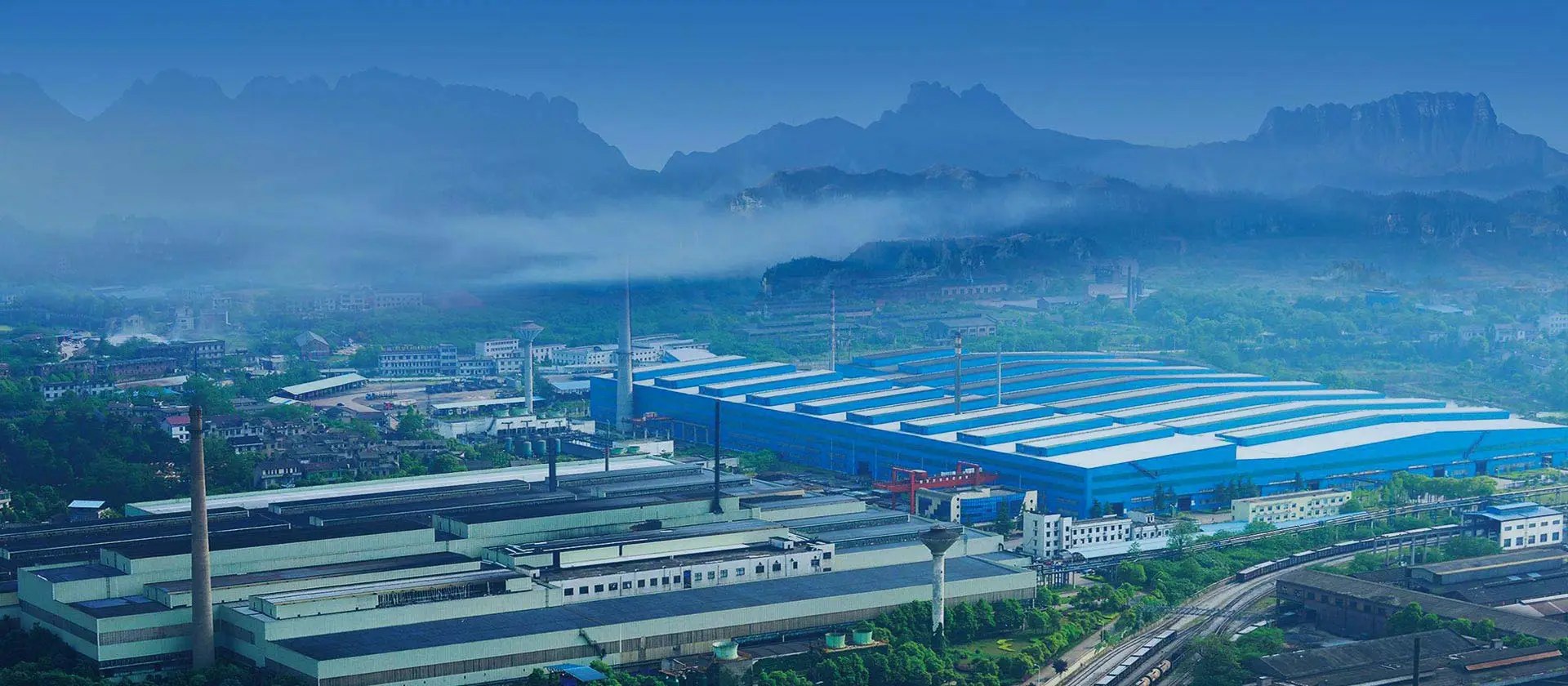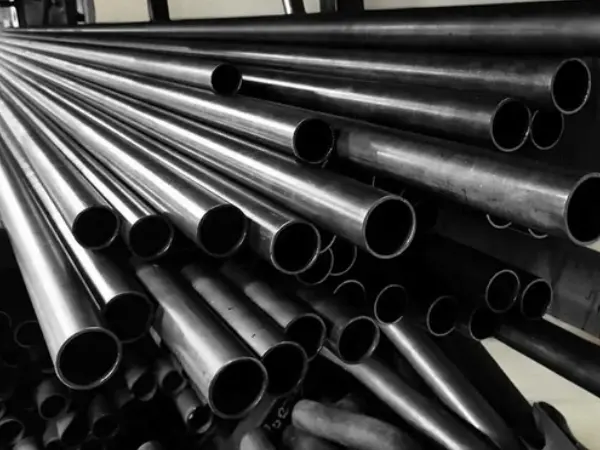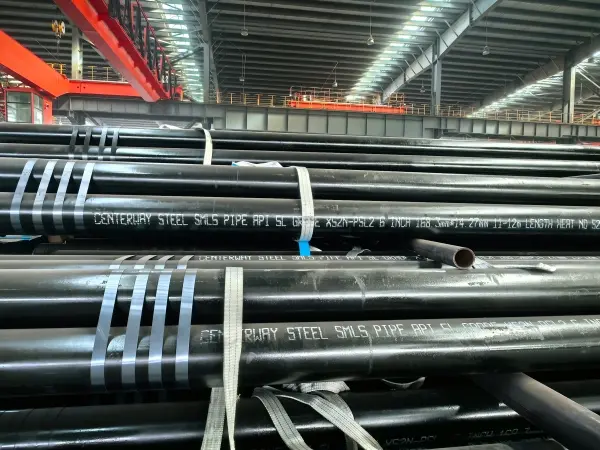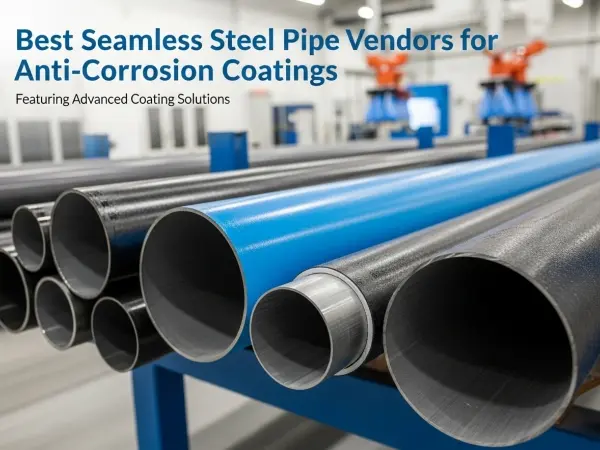
electromagnetic stirring (ems) technology has become a critical innovation in the horizontal continuous casting process, particularly for steel and non-ferrous alloys. this method improves casting quality, enhances metallurgical properties, and optimizes production efficiency. in this article, we explore how ems benefits horizontal continuous casting and why it's a key player in modern metallurgy.
the role of electromagnetic stirring (ems)
ems introduces a controlled magnetic field to stir the molten metal during the solidification process. in horizontal continuous casting, this technology helps improve metal homogeneity, reduce casting defects, and enhance the microstructure. it does so by breaking up the boundary layers between the liquid and solid phases, promoting uniform cooling. this eliminates issues like centerline segregation and porosity, common in traditional casting methods.
benefits of ems in horizontal continuous casting
1. improved microstructure: ems ensures more uniform grain refinement, leading to better mechanical properties. in processes such as steel or aluminum casting, this results in higher quality end products.
2. reduced defects: the stirring effect minimizes shrinkage cavities and porosity by enhancing the solidification front. this leads to stronger, defect-free products.
3. higher productivity: ems optimizes the cooling rate, allowing for faster production speeds without compromising quality. this results in increased output and reduced energy consumption.
4. cost-efficiency: despite the initial setup costs, ems significantly reduces waste material and improves yield, providing a favorable return on investment over time.
conclusion
electromagnetic stirring technology in horizontal continuous casting is a game-changer for industries looking to improve product quality, reduce defects, and boost production efficiency. its ability to refine microstructures and control solidification makes it an essential tool in modern metallurgy. with continuous advancements in ems, the future of casting technology promises even greater improvements in sustainability and precision.


